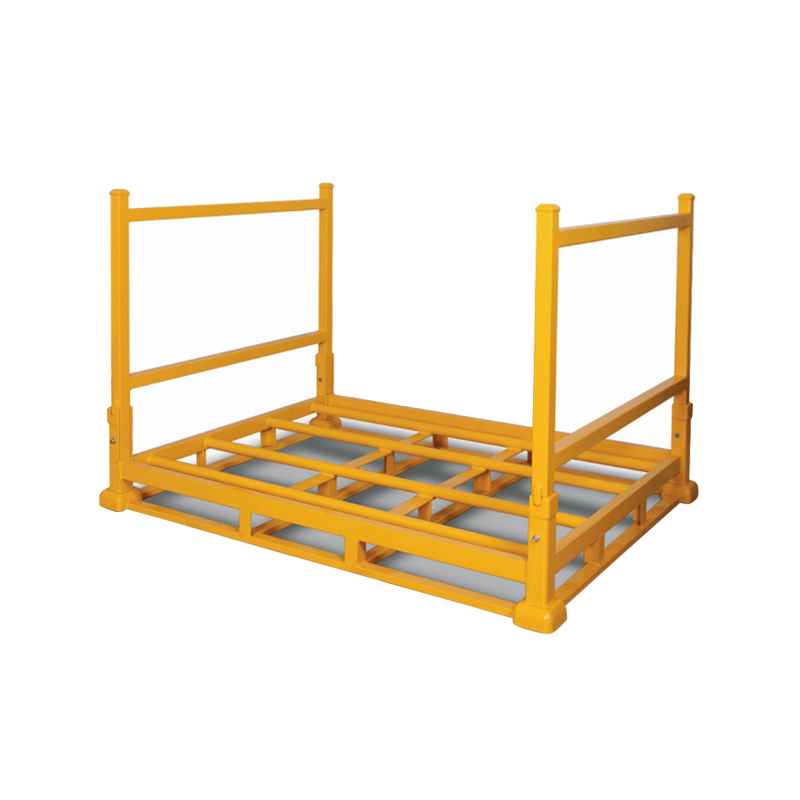Maintaining stacking racks is crucial for ensuring optimal performance, safety, and longevity. Here are recommended maintenance practices to follow:
Regular Inspection:
Visual Checks:Conduct regular visual inspections of stacking racks to identify signs of damage, wear, or corrosion.
Look for bent or damaged components, loose fasteners, and any signs of rust or deterioration.
Cleaning and Maintenance:
Cleaning:
Regularly clean stacking racks to remove dust, dirt, and debris that can accumulate, especially in the mesh or open areas.
Use a mild detergent or cleaning solution appropriate for the rack material, and avoid harsh chemicals that could damage the finish.
Rust Prevention:Apply rust-resistant coatings or treatments to metal components to protect against corrosion, particularly in humid or outdoor environments.
Touch up or repaint areas where the protective coating has worn off to maintain integrity.
Structural Integrity:
Alignment and Stability:Check the alignment of stacking racks to ensure they are level and stable. Adjust any uneven legs or supports that could affect stability.
Verify that racks are properly stacked and nested to maintain structural integrity, especially when in use or during transportation.
Load Capacity:Adhere to specified load capacities and weight distribution guidelines to prevent overloading and potential collapse.
Ensure heavy items are evenly distributed across the rack to maintain balance and stability.
Repair and Replacement:
Repairs:Promptly repair any damaged or bent components to prevent further deterioration and ensure safety.
Replace broken or missing parts, such as bolts, nuts, or mesh panels, with suitable replacements from the manufacturer.
Welding and Fabrication:If welding is required for repairs, ensure it is performed by qualified personnel using appropriate techniques and materials to maintain structural integrity.
Avoid welding on critical load-bearing components without proper assessment and approval.

Safety Checks:
Safety Inspections:Schedule regular safety inspections by trained personnel to assess stacking racks for compliance with safety standards and regulations.
Document inspection findings and any corrective actions taken to maintain a safe working environment.
Environmental Considerations:
Storage Conditions:Store stacking racks in a dry, sheltered area when not in use to prevent exposure to moisture and weather elements that could accelerate corrosion.
Use protective covers or storage bins to shield racks from dust and debris that could accumulate over time.
Operator Training:
Training and Awareness:Provide training to personnel on the proper use, handling, and maintenance of stacking racks.
Emphasize load capacity limits, stacking techniques, and safety protocols to reduce the risk of accidents and equipment damage.
Documentation and Records:
Maintenance Logs:Maintain detailed maintenance logs and records of inspections, repairs, and maintenance activities performed on stacking racks.
Document the date of each maintenance task, the responsible personnel, and any observations or recommendations for future maintenance.
By following these recommended maintenance practices, organizations can ensure that their stacking racks remain in optimal condition, prolonging their lifespan, enhancing safety, and supporting efficient storage and logistics operations. Regular attention to maintenance helps mitigate risks associated with structural failure, improves equipment reliability, and reduces overall maintenance costs over time.
